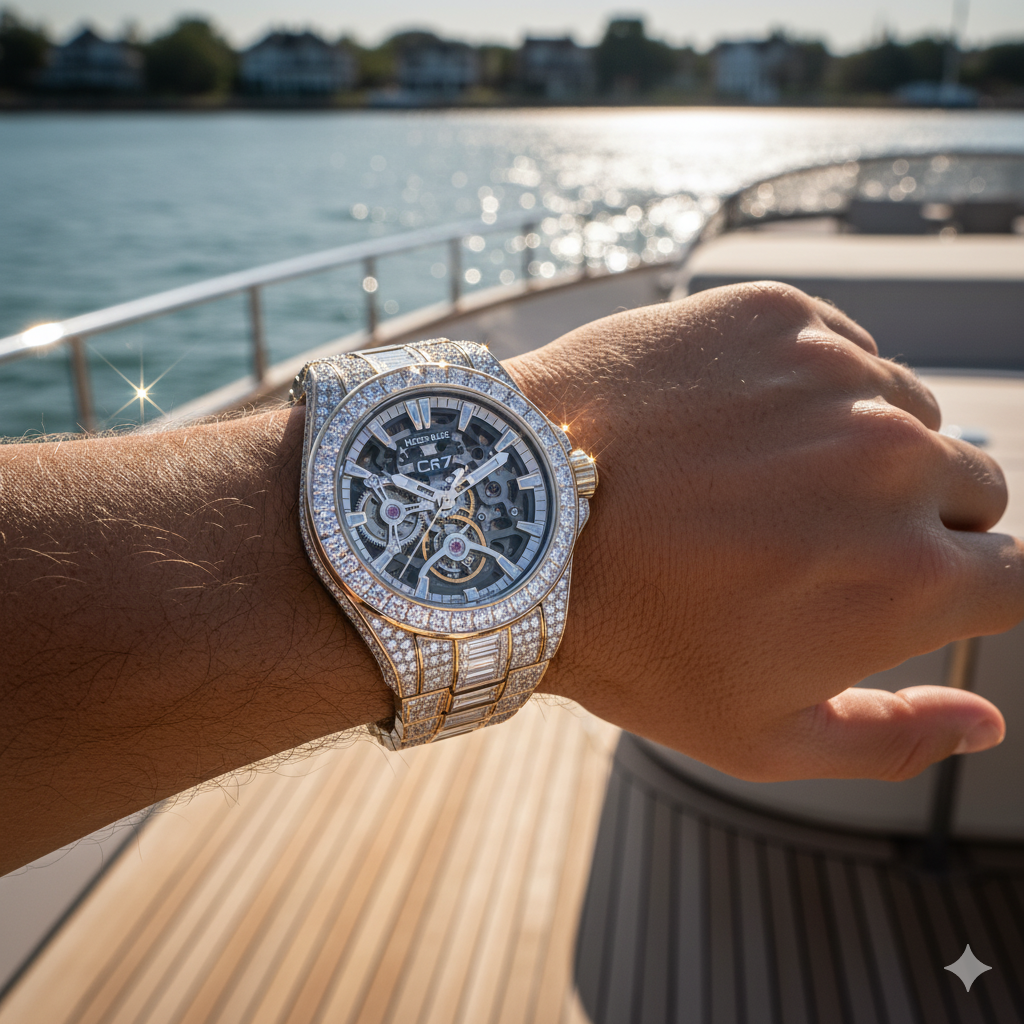The Statistical Landscape of Modern Marathon Performance
Recent comprehensive analysis of over 400,000 marathon finishers reveals fascinating truths about contemporary performance standards. Research from Running with Rock demonstrates that the median marathon finish time stands at 4:25:33 for 2024. However, this figure merely scratches the surface of a far more nuanced reality.
The fundamental truth emerges when examining performance through demographic lenses. Furthermore, the data reveals that men achieve an average marathon time of 4:14, while women post 4:41. These seventeen-minute differentials reflect physiological realities rather than competitive disparities. Additionally, elite-level gaps typically span ten to fifteen minutes, whereas recreational runners experience broader twenty to thirty-minute variations.
Age Group Performance Patterns and Elite Benchmarks
The most compelling revelations surface when analyzing performance across age demographics. Among men, the fastest average belongs to the 35-39 age group at 4:04:26. Similarly, women achieve their peak performance in the 20-24 bracket with 4:28:48. These figures illuminate the complex relationship between physical maturity and athletic optimization.
International data spanning 3.5 million marathon records confirms that the 40-49 age group consistently posts the fastest times globally at 4:22:03. This phenomenon challenges conventional wisdom about peak performance timing. Consequently, runners entering their forties often discover unexpected competitive advantages.
The aging process reveals gradual performance changes through the decades. Specifically, times increase slowly through the forties before accelerating significantly beyond sixty. For instance, women aged 60-64 average 5:15:34, while their male counterparts post 4:43:03. These represent roughly forty-five minute increases from peak performance years.
International Performance Standards and Global Variations
Global marathon statistics reveal remarkable geographical performance variations. International analysis demonstrates that Swiss runners lead worldwide with 3:50:00 average times. Conversely, runners in the Philippines post 5:25:00 averages, illustrating dramatic performance ranges across different nations and cultures.
European marathons typically showcase faster finish times than their American counterparts. The Valencia Marathon leads global performance metrics with nearly twenty percent of finishers breaking three hours. This concentration of elite amateur performance remains unmatched worldwide.
American regional variations also display significant performance differences. Massachusetts leads domestic performance with 4:04:00 average times, followed closely by Washington at 4:18:09. These state-level differences reflect training conditions, altitude factors, and regional running culture influences.
The Boston Marathon Standard and Elite Qualification Metrics
Boston Marathon qualifying standards represent the pinnacle of amateur marathon achievement. Current requirements demand increasingly faster times as participation grows exponentially. Recent analysis reveals that actual cutoff times often exceed published standards by significant margins.
The 2024 Boston Marathon required runners to exceed their qualifying standards by 5:29 to gain acceptance. This means a 25-year-old male needed 2:54:31 rather than the published 3:00:00 standard. Such competitive intensity reflects the growing depth of amateur marathon talent worldwide.
Elite qualifying standards continue tightening as more runners achieve exceptional times. The Boston Athletic Association recently reduced standards by five minutes for runners under sixty. These adjustments acknowledge the remarkable improvement in amateur marathon performance across all demographics.
Gender Performance Analysis and Competitive Dynamics
Women’s marathon participation has grown dramatically while performance standards have simultaneously improved. Current world record holder Ruth Chepngetich shattered previous barriers with her 2:09:56 Chicago Marathon performance. This breakthrough represents nearly two minutes improvement over the previous world standard.
Female participation varies significantly by geography and culture. The United States leads global gender equality with 45.7% female participation, while Canada follows at 40.7%. Conversely, Greece shows only 9.8% female participation, highlighting cultural and social factors affecting women’s marathon involvement.
The typical female marathon performance range spans considerably. Young women generally finish between 3:55 and 5:15, averaging approximately 4:30. These broad ranges accommodate diverse fitness levels and competitive goals within the female marathon community.
Training Implications and Performance Enhancement Strategies
Understanding average marathon time data provides crucial training insights for ambitious runners. Performance experts recommend using current fitness assessments rather than previous race times when establishing training paces.
Interval training forms the foundation of marathon time improvement strategies. Shorter VO2 max intervals typically initiate training cycles, progressing toward longer threshold runs. These workouts develop speed and endurance simultaneously while building tolerance for sustained pace efforts.
Effective training programs incorporate both 400-meter repeats and mile-long intervals. Additionally, threshold runs become increasingly important as marathon dates approach. These longer efforts simulate race-day physiological demands while building crucial pacing discipline.
Course Selection and Strategic Racing Considerations
Marathon course characteristics significantly influence finishing times and average marathon time calculations. Fast, flat courses like Valencia consistently produce exceptional times across all ability levels. These venues attract runners specifically seeking personal record opportunities.
Weather conditions play equally important roles in marathon performance outcomes. Cool temperatures, minimal wind, and moderate humidity create optimal racing conditions. Conversely, extreme heat or challenging terrain can add substantial time to typical finishing performances.
The London Marathon data reveals that most runners slow significantly during the second half. Average splits show 2:06 first halves followed by 2:22 second halves, representing sixteen-minute positive splits across the field.
Wellness and Marathon Performance: A Holistic Approach
The intersection of wellness practices and marathon performance extends beyond mere physical training. As wellness advocate Christie Brinkley demonstrates, maintaining lifelong fitness requires balancing ambitious goals with sustainable practices. Her approach to healthy living emphasizes the importance of consistent, mindful exercise that supports both physical and mental well-being.
Successful marathon training integrates nutrition, recovery, and stress management alongside mileage accumulation. Furthermore, elite performers consistently prioritize sleep, hydration, and mental preparation. These holistic approaches often differentiate good marathoners from exceptional ones regardless of age or natural ability.
Technology and Performance Tracking in Modern Marathon Training
Contemporary marathon preparation benefits tremendously from advanced performance tracking technologies. GPS watches, heart rate monitors, and power meters provide unprecedented insight into training adaptation and race-day execution. Moreover, these tools enable precise pacing strategies based on individual physiological responses.
Data analysis platforms allow runners to compare their progress against global performance standards. Additionally, virtual racing and online communities create motivation and accountability systems. These technological advances democratize access to elite-level training methodologies previously available only to professional athletes.
Recovery monitoring through sleep tracking and heart rate variability measurements helps optimize training loads. Subsequently, runners can avoid overtraining while maximizing adaptation responses. This scientific approach to marathon preparation increasingly separates successful athletes from those struggling with consistency.
The Economics and Culture of Marathon Performance
Marathon participation reflects broader socioeconomic and cultural trends affecting performance outcomes. Entry fees, travel costs, and equipment expenses create barriers for some potential participants. Consequently, marathon demographics often skew toward higher-income populations with greater discretionary spending capacity.
Corporate wellness programs increasingly emphasize marathon participation as team-building and health promotion strategies. Many companies provide training stipends, race entry reimbursements, and flexible schedules supporting employee marathon goals. These initiatives contribute to growing participation rates across professional demographics.
Regional running cultures significantly influence local performance standards and training approaches. Areas with established running communities typically produce faster times through peer motivation and knowledge sharing. Additionally, access to quality coaching and training facilities varies considerably by geographic location.
Future Trends and Performance Projections
Marathon performance trends suggest continued improvement across most demographic categories. Recent analysis indicates that 2024 times actually improved compared to 2023 despite increased participation. This phenomenon challenges assumptions about performance dilution through growth.
Younger runners particularly drive these performance improvements while maintaining impressive participation rates. The 20-39 age groups show both increased numbers and faster times simultaneously. This trend suggests sustained performance enhancement rather than temporary statistical anomalies.
Technological advances in training methodologies, nutrition science, and recovery protocols will likely continue supporting performance improvements. Additionally, increased global competition and knowledge sharing through digital platforms accelerate learning and adaptation across the marathon community.
Conclusion: Understanding Your Marathon Journey
The landscape of average marathon time performance reveals a rich tapestry of human achievement, dedication, and possibility. Whether pursuing Boston qualification standards or simply seeking personal accomplishment, understanding these benchmarks provides valuable context for individual goals.
The data demonstrates that marathon excellence spans across age groups, genders, and geographic regions. Furthermore, improvement remains possible throughout an athlete’s career with proper training, strategic racing, and commitment to the process. The pursuit of marathon excellence ultimately transcends mere time goals, encompassing personal growth, community connection, and the timeless human drive toward achievement.
As the sport continues evolving through technology, increased participation, and global connectivity, these performance standards will undoubtedly shift. However, the fundamental principles of preparation, dedication, and perseverance that define marathon success remain constant across all ability levels and time periods.
Related Articles
The Hamptons’ Hottest Fitness Trends: Where Wellness Meets Prestige
Ready to feature your brand in our next performance lifestyle piece? For advertising opportunities and article submissions, visit www.sociallifemagazine.com/contact.





